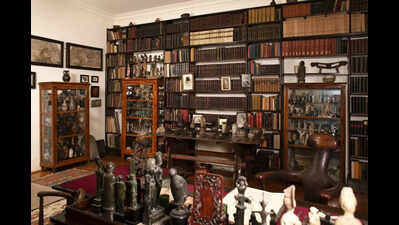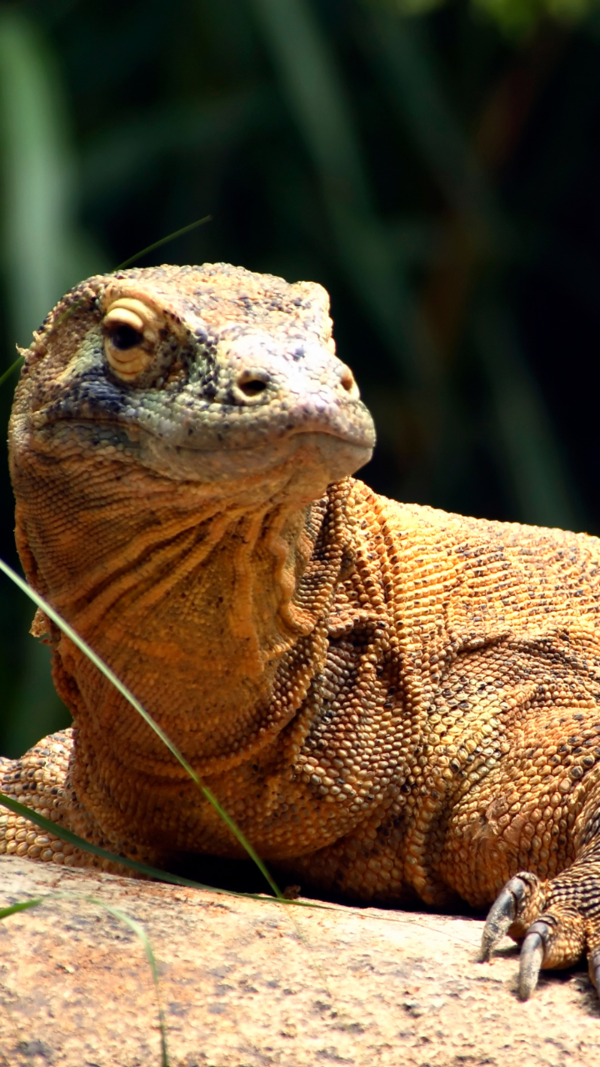- News
- City News
- mumbai News
- Excavating Freud’s extensive collection of antiquities
Trending
Excavating Freud’s extensive collection of antiquities
Miriam Leonard's lecture at CSMVS explored Freud's fascination with antiquities, particularly Egyptian artifacts, and their influence on his psychoanalytic theories. Fleeing Nazi Vienna, Freud surrounded himself with these objects, using them to model the human mind. His collection, now housed in London, contrasts sharply with the empty Vienna museum, raising ethical questions about collecting and memory.
By: Labanya Dey
“On one hand, the museum is the original birthplace ofpsychoanalysis and on the second hand, it is a memorial for the Holocaust, the Shoah.”- Monica Pessler, Freud Museum, Vienna Director.
“On one hand, the museum is the original birthplace of
In a captivating lecture at Mumbai’s Chhatrapati Shivaji Maharaj Vastu Sangrahalaya (CSMVS) this week, Professor Miriam Leonard invited audiences to journey through the layered landscapes of Freud’s mind—where ancient Greece, Rome, and most prominently, Egypt, intertwined with the birth of psychoanalysis.
Hosted by CSMVS and the Museum Society of Mumbai under the Ancient World Gallery Project, Leonard's lecture, “Egypt, Greece, and Rome in Freud's Archaeology”, did much more than tell the story of a historical oddity. It showed how Freud's fascination with antiquities influenced not just his theories but also provided insights into his changing concepts of identity, culture, and belonging—a subject that, in today's fragmented global world, resonates more accurately than ever.
Leonard, a Professor of Greek Literature and Reception at University College London and veteran curator of exhibitions at the Freud Museum London, drew the audience into the densely cluttered world Freud built around himself. Fleeing Nazi-occupied Vienna in 1938, Freud spent the last year of his life in Hampstead, London, living among over 3,000 antiquities — tokens of lost civilizations that served him in modeling the mind itself.
Leonard made a visually stunning presentation, featuring Edmund Engelman's 1938 photographs of the vacant Vienna house of Freud. These photographs stood in stark contrast to the vibrant, occupied space of today's London museum, where each statue and object is a remnant of Freud’s past. The irony, Leonard observed, is glaring: the original Freud Museum in Vienna is empty, a desolate symbol of exile and loss, while Hampstead is home to relics of his intellectual journey.
In the center of Leonard's analysis was Freud's lifelong interest in Egypt. Beyond the majesty of pharaohs and pyramids, Egypt symbolized for Freud a complex symbol of sex, identity, and cultural hybridity. His collection was overflowing with Egyptian items: mummy portraits, bandages, even amulets.
This interest is reflected in his writings, from his interpretation of Da Vinci’s childhood memory: a bird opening his mouth with its tail and striking his lips many times with this tail. In “Leonardo da Vinci and a Memory of his Childhood” Freud interpreted this bird as a vulture and identified it as a memory of his mother, drawing from the prominent Egyptian vulture-headed mother goddess, Mut.
Another significant reference was in Moses and Monotheism, his final work that claimed that Moses was an Egyptian and not a Jew. Freud’s interest lay in the interconnection and complexity of cultures, myths and figures rather than seeing them as ethnically pure elements.
Leonard followed how Freud's reading of myths undermined the distinctions between male and female, mother and father, sacred and profane. His handling of the sphinx—feminized by the Greeks and masculinized by the Egyptians —displayed a greater ambivalence towards gender and sexuality.
In “Dostoevsky and Parricide”, Freud thought the sphinx as male like the Egyptians, quietly relegating female sexuality. Freud's own copy of the family Bible, decorated with Egyptian motifs, provided a further dimension to his Egyptomania, pointing towards an early imprinting of these themes.
Interestingly, Leonard highlighted the ethical dilemma hanging over Freud's purchases. Colonialism and an unfettered antiques market permitted Freud, along with many other collectors in Europe during this era, to collect sacred items divested of their cultural context.
He knew that certain works were counterfeit—and kept them regardless. Collecting, Leonard intimated, was no longer as much about authenticity as building a mental structure, a physical unconscious.
Following this was an engaging Q&A where the audience asked whether Freud's patients ever commented on his antiquities. Leonard referred to modernist poet H.D’s (Hilda Doolittle) account of coming across a statue of Athena with a broken spear in his office.
Another asked why Freud stored his objects in his study and not his living space; Leonard suggested that thinking, for Freud, involved somatic contact with the ruins of history.
Freud's interest in digging was not metaphorical. As Lana Lin explains, the Freud museums in Vienna and London have made the artifacts reparative objects—means of grieving the loss of “The Father of Psychoanalysis” to cancer and exile. She points out that while the Vienna museum consecrates Freud’s memory, the London museum fetishizes it.
Now, as museums everywhere grapple with their own colonial pasts and the ethics of memory, Freud's intimate archaeology holds up a disturbing mirror.
What then should a museum of psychoanalysis hold? Authentic objects, devious reconstructions, or memory fragments? Leonard left it ambiguous, a Sphinx-like riddle. In Freud's stratified world, ancient myths and contemporary identities are never quite dug up. They are there, half-perceived, insisting on being unearthed repeatedly.
End of Article
Follow Us On Social Media









